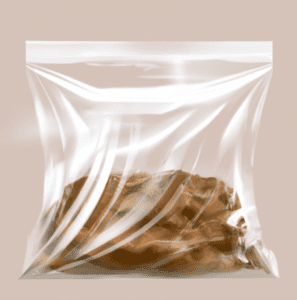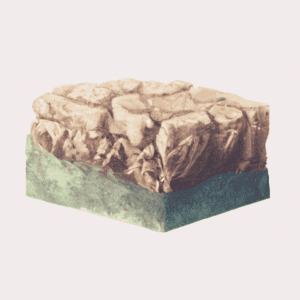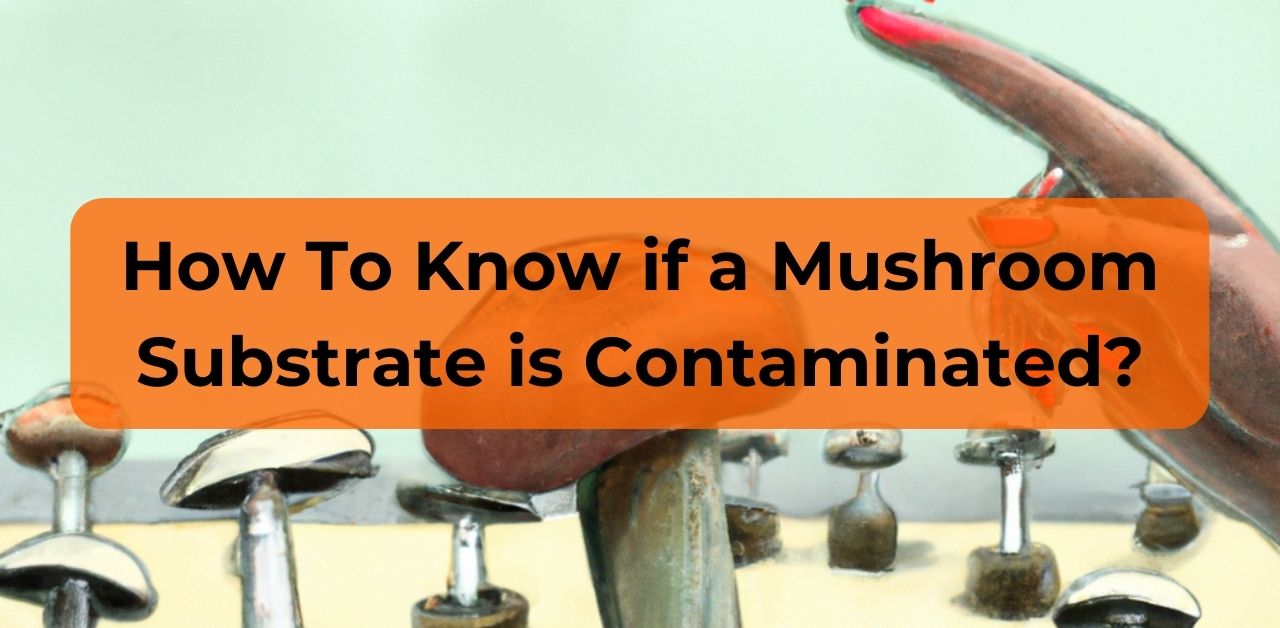How Do You Know if a Mushroom Substrate is Contaminated?
When substrates get contaminated, they can become a breeding ground for harmful microorganisms, insects, and even chemical pollutants.
But how do you know if your substrate is contaminated? In this article, we’ll cover everything you need to know about identifying contamination in substrates.
Contents
What is Substrate Contamination?
Contamination can occur due to various reasons such as poor hygiene practices, use of contaminated water or soil, or the use of infected plant material.
Do I Have to Discard the Fungus Substrate if It is Contaminated?
Growers may need to discard a contaminated fungal substrate to prevent contamination from spreading to other parts of the crop. The decision to discard the substrate depends on the severity and type of contaminant.
If the contamination is localized, growers may remove the affected area, but if it is widespread or the substrate has an aggressive contaminant, the entire substrate may need to be discarded.
For example, if there is a small patch of mold or bacterial growth, growers may be able to remove the affected area with a sterile instrument.
Signs of Contamination in Substrates

Contamination in substrates can manifest in several ways. The following are some of the most common signs of contamination:
Unusual odor
A foul smell emanating from the substrate is a common sign of contamination.
Substrates that have a strong, unpleasant odor may be contaminated with bacteria or other microorganisms.
Growers should be aware of the natural odor of the substrate, and any deviation from this should be investigated further.
Discoloration
Substrates that are contaminated may appear discolored, with areas that are yellow, green, or brown. These discolorations may be localized or spread throughout the substrate.
Unusual growth patterns
For example, if the substrate is meant to be a solid block, but there are visible cracks or fissures in the surface, this may indicate the presence of a contaminant.

Similarly, if there are visible areas of fluffy or cottony growth on the substrate that are different from the intended fungal growth, this may also indicate the presence of a contaminant.
Mold growth
The presence of mold growth on the substrate is a clear indication of contamination. Mold can be harmful to plants and can spread rapidly.
Presence of pests
Insects or pests such as aphids, mites, or mealybugs can infest the substrate and cause damage to plants.
Testing for substrate contamination
There are several methods to test for contamination in substrates. The following are some of the most commonly used methods:
Visual Inspection
Visual inspection is a simple and effective method for detecting contamination in substrates.
Growers should inspect the substrate for any discoloration, unusual growth patterns, or foul odors. Any signs of contamination should be investigated further.
It is essential to carry out the inspection in a well-lit area to ensure that any subtle changes in the substrate’s appearance are visible.
DNA Testing
DNA testing is a highly accurate method for identifying contaminants in substrates.
Growers can take a sample of the substrate and send it to a laboratory for testing.
The laboratory will analyze the DNA in the sample and identify any contaminants present.
Culture Testing
Culture testing involves taking a sample of the substrate and growing it in a petri dish to identify any contaminants.
Chemical Testing
Chemical testing involves testing the substrate for the presence of certain chemicals that are produced by contaminants.
Growers can use a variety of different chemical tests to detect contaminants, including pH testing and the use of reagents to detect specific chemicals.
Preventing substrate contamination
Prevention is always better than cure when it comes to substrate contamination. The following are some tips to prevent contamination:
Practice Good Hygiene During Substrate Preparation
Practicing good hygiene during substrate preparation is critical to prevent contamination.
You should wash your hands and wear protective equipment, such as gloves and masks, to avoid introducing contaminants.
You should also clean and sanitize all equipment and tools before use.
Keep the Growing Area Free from Pests and Insects
Keeping the growing area clean and free from pests and insects is essential to prevent contamination.
Pests and insects can damage the substrate and introduce bacteria and other contaminants.
Growers should regularly clean and sanitize the growing area and use pest control measures to prevent infestations.
Use High-Quality, Sterilized Substrate
High-quality substrate should be free of contaminants and should be sterilized or pasteurized to eliminate any potential contaminants.
Here you can find a guide on how to sterilize substrate for mushrooms at home easily.
Growers should source their substrate from reputable suppliers to ensure that the substrate is of high quality and free of contaminants.
Use Clean Water and Soil for Substrate Preparation
Contaminated water and soil can introduce bacteria and other contaminants into the substrate.
In this article I explain what is the best water that you should use in your mushroom cultivation at home to avoid contamination
Quarantine New Plants Before Introducing Them to the Growing Area
New plants should be isolated from the rest of the growing area for a period of time and inspected for signs of disease before being introduced to the rest of the crop.
Conclusion
Contamination in substrates can have severe consequences on plant growth and yield. By following these strategies, growers can reduce the risk of contamination and produce high-quality, healthy crops.

